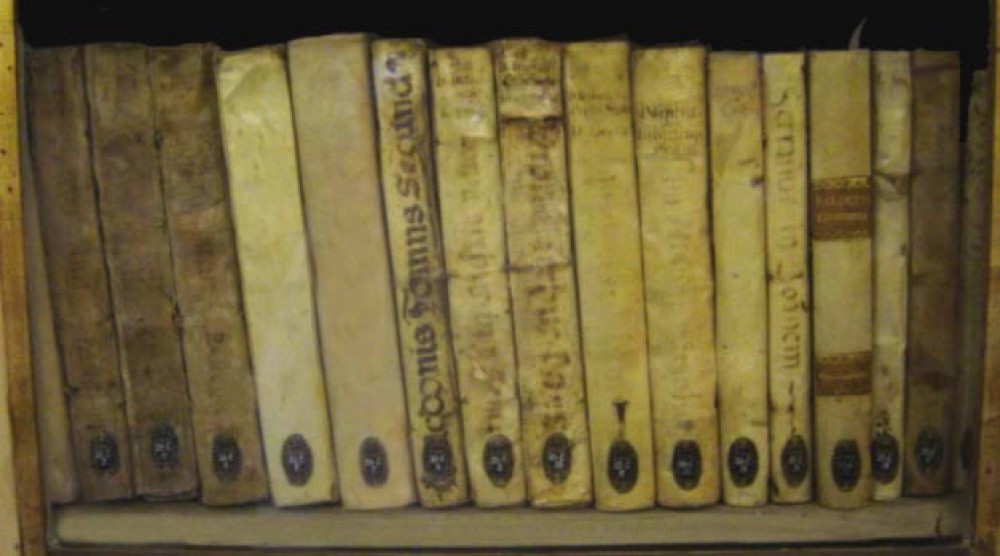Apostolic Constitution, dated 1 November 1950, defining the dogma of the Assumption of Blessed Virgin Mary into Heaven. Image links to Vatican translation.
Monthly Archives: October 2012
The Universal Declaration of Human Rights
A refinement and advancement of the principles set forth in The Declaration of the Rights of Man and the Citizen (1789), The Universal Declaration of Human Rights provides a contemporary common ground starting point for the development of peaceful and fraternal/sororal relations among humans worldwide. It was adopted by the United Nations General Assembly 10 December 1948. Image links to official UN English text.
Pope Leo XIII: Rerum Novarum
Pope Leo XIII, seeking to address “the misery and wretchedness pressing so unjustly on the majority of the working class”, issued on 15 May 1891 Rerum Novarum, an encyclical on the rights and duties of capital and labor. It is considered a seminal classic of Catholic social teaching. Image links to Vatican translation.
Rev. Fernand Mourret, S.S.: A History of the Catholic Church
First Vatican Council
Summoned by Pope Pius IX, Vatican I (A.D. 1869-70) condemned, as erroneous, philosophical naturalism, pantheism, materialism, and atheism. It also affirmed each successor to the chair of the St. Peter obtains the primacy of Peter: as Vicar of Christ and sovereign head of the Church militant. Image above links to Tanner translation of the decrees. ISBN recommendation: 0-87840-490-2
Pope Pius IX: Ineffabilis Deus
Apostolic Constitution, promulgated December 8, 1854, establishing the dogma of the Immaculate Conception of Mary. “We declare, pronounce, and define that the doctrine which holds that the most Blessed Virgin Mary, in the first instance of her conception, by a singular grace and privilege granted by Almighty God, in view of the merits of Jesus Christ, the Savior of the human race, was preserved free from all stain of original sin, is a doctrine revealed by God and therefore to be believed firmly and constantly by all the faithful.” Image links to English translation.
John Henry Newman: Apologia Pro Vita Sua
Newman’s lucid and meticulously pondered autobiographical defense of his conversion from Anglicanism to Roman Catholicism. Seeking to expose the corruption and errors of the Roman Church, Newman’s intellectual search for truth led back to the Holy See. Apologia Pro Vita Sua provides cogent testimony to the authenticity of the Roman Catholic Apostolic tradition. First published in 1864. Image links to Wilfrid Ward Oxford edition. ISBN recommendation: 0-14-043374-0
John Henry Newman: An Essay on the Development of Christian Doctrine
Upon observing a movement toward the abandonment of traditional principles and doctrine by many Bishops, clergy, and theologians in the Anglican communion, John Henry Newman developed criteria for rationally assessing and discerning between authentic development and corruption of Christian doctrine. First published in 1845, image links to Newman’s 1878 revised edition. ISBN recommendation: 0-268-00921-X








